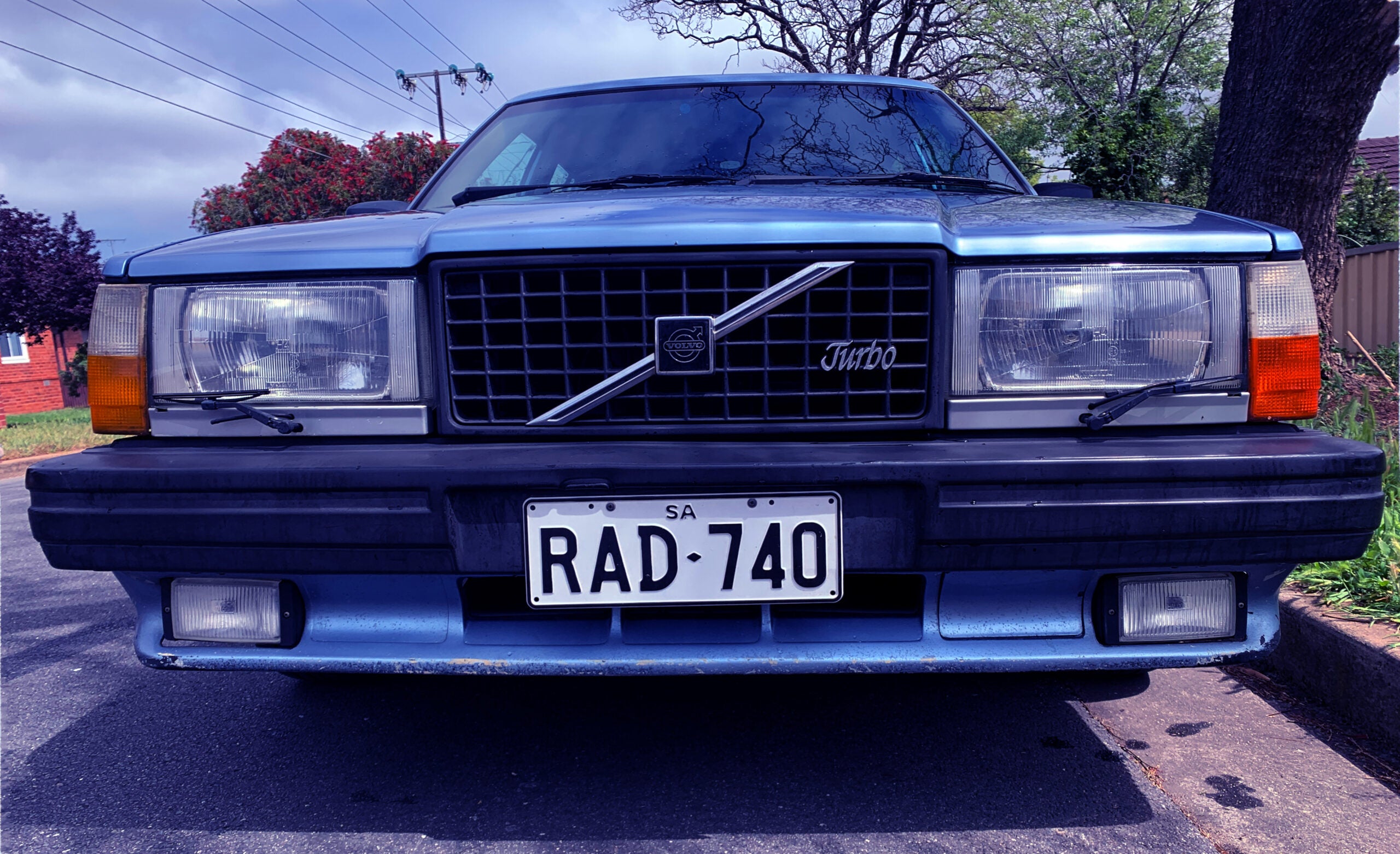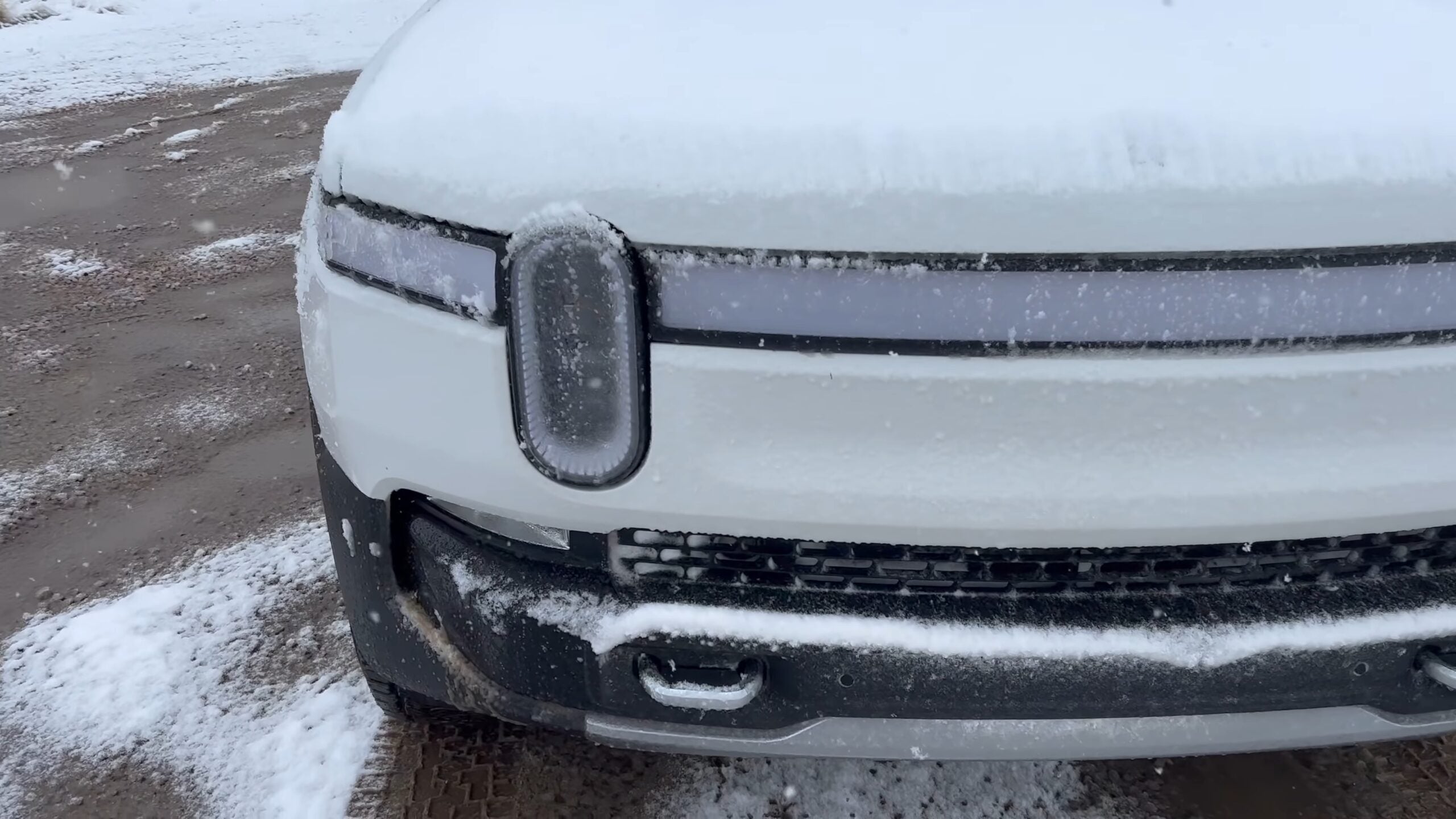Nowadays, LED lighting is commonplace on new cars. And as winter nears, that's revealing a problem for some owners, as LEDs simply don't get hot enough to melt ice buildup off headlights. As a result, this causes havoc for drivers trying to get around at night in cold and snowy conditions. Rivian owners, in particular, have found their trucks to be susceptible to this issue, according to discussions on Rivian Forums.
The problem is reportedly worse in "warmer" snowy climates, where snow is very wet and readily sticks to the vehicle. LED headlights consume roughly 75% less electricity than traditional halogen headlights for the same light output. This means that the LED is more effective at turning electricity into light, releasing less waste heat in the process. However, that waste heat can come in handy in colder climates to keep the lenses free of ice and snow. Without that warmth, headlights can quickly freeze and reduce their light output.
Owners claim that the headlights' vertical design doesn't help, either, as it catches snow with little hope of it sluicing off in the slipstream.
The problem isn't limited to any one automaker, though. Any car with LED headlights can face this issue. However, some deal with it better than others. The headlights can be designed to reroute the limited heat from the LED lamps to better reach the lens. Mitigation measures exist, too. Modern Volvo models with LED headlamps typically feature headlight sprayers. They follow on from the brand's famous headlight wipers that were sadly phased out. These clean the headlights by spraying washer fluid, which helps melt ice and snow.

Alternatively, some aftermarket lights add heating elements to the headlight lens specifically for this purpose. It's the same technique used on rear windshield defrosters, just applied to the headlights. This writer has used similar techniques to eliminate fogging on robot cameras in difficult conditions. It's straightforward, and it works.
Switching these on in winter only when needed helps preserve the efficiency benefits of LEDs while still allowing good visibility in wet, snowy conditions. Many headlamps equipped with heaters feature control circuitry that automatically turns the heating elements on when the lamp gets below a certain temperature.
Companies like JW Speaker sell auxiliary LED lamps with integrated heating elements. The heating element is controlled by a circuit that turns on when temperatures fall below a certain point. JW Speaker
If you've got a car with integrated headlights that freeze over, though, it's not a simple job to swap them out. That's left many owners contemplating whipping up their own solutions, from jerry-rigged sprayer nozzles to transparent heating films placed over the lens. Aftermarket solutions are currently thin on the ground, though. That's likely due to the fact the problem is relatively new and only acute in places where conditions cause wet, sticky snow.
Abandoning LED lights isn't much of a solution. They're far more efficient than halogens, more compact, and last around ten times longer, too. Instead, for those affected, a simple solution may just be to hook up an additional set of aftermarket heated headlamps on your vehicle. Alternatively, splicing into the windshield washer line and adding some more nozzles near the lights could get the problem licked for under $50. If you've experienced this issue, or figured out a good way around it, sound off in the comments below.
Got a tip? Let the author know: [email protected]










